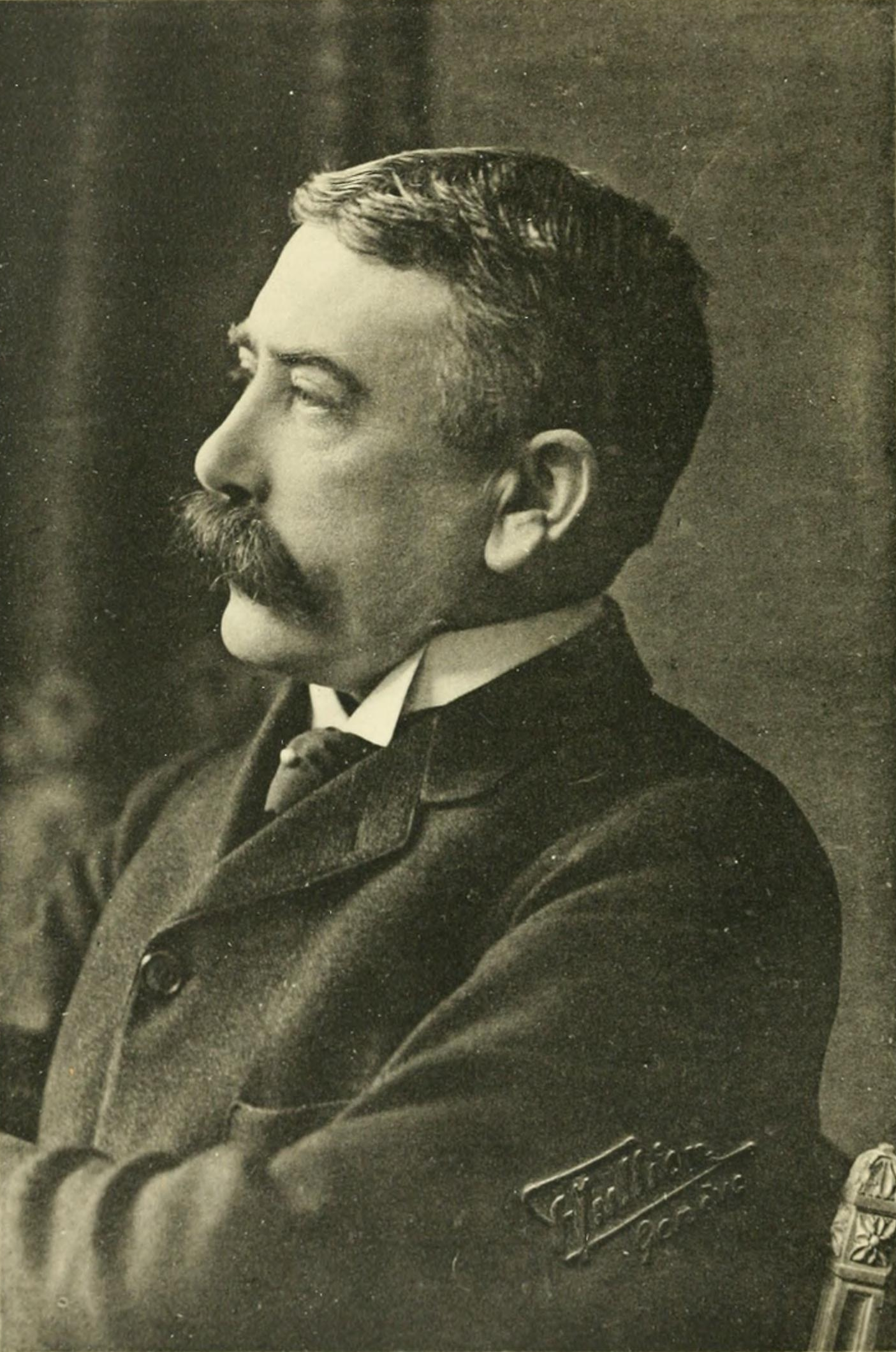Ferdinand de Saussure (1857-1913):
 Ferdinand de Saussure had the idea of 'the signifier and the signified'. The signifier is basically what we see; either an object or an image. The signified is the idea we associate with the signifier. For example, a rose is a signifier, therefore the signfied idea is love, or black would be associated with either darkness, death, evil, fear and so on. The sign or symbol we see does not make sense without the actual object and the meaning it creates.
Ferdinand de Saussure had the idea of 'the signifier and the signified'. The signifier is basically what we see; either an object or an image. The signified is the idea we associate with the signifier. For example, a rose is a signifier, therefore the signfied idea is love, or black would be associated with either darkness, death, evil, fear and so on. The sign or symbol we see does not make sense without the actual object and the meaning it creates.Roland Barthes (1915-1980):
 Roland Barthes had the idea of 'denotation and connotation'. The denotation is the object or image placed within media texts, while the connotation is the idea we think of after we've seen the object or image, or the ideas we associate with said image. For example, if a person sees red, they'll either think of love, danger and lust, or if they thought of green, they'll either think of nature or vomit.
Roland Barthes had the idea of 'denotation and connotation'. The denotation is the object or image placed within media texts, while the connotation is the idea we think of after we've seen the object or image, or the ideas we associate with said image. For example, if a person sees red, they'll either think of love, danger and lust, or if they thought of green, they'll either think of nature or vomit.Stuart Hall (1932-):
 Stuart Hall came up with two theories: reception and audience, in 1981. The reception theory consists of encoding and decoding, while the audience theory consists of preferred, negotiated and oppositional. For reception theory, encoding is what is written within a media text, while decoding is an interpretation of what the image means. For the audience theory, preferred is where the reader has the idea of what is intended, negotiated is when the reader applies their own context but comes up with a similar reading to that of what was intended and oppositional is where the reader applies their own context and has a different meaning to that of what was intended.
Stuart Hall came up with two theories: reception and audience, in 1981. The reception theory consists of encoding and decoding, while the audience theory consists of preferred, negotiated and oppositional. For reception theory, encoding is what is written within a media text, while decoding is an interpretation of what the image means. For the audience theory, preferred is where the reader has the idea of what is intended, negotiated is when the reader applies their own context but comes up with a similar reading to that of what was intended and oppositional is where the reader applies their own context and has a different meaning to that of what was intended.
No comments:
Post a Comment